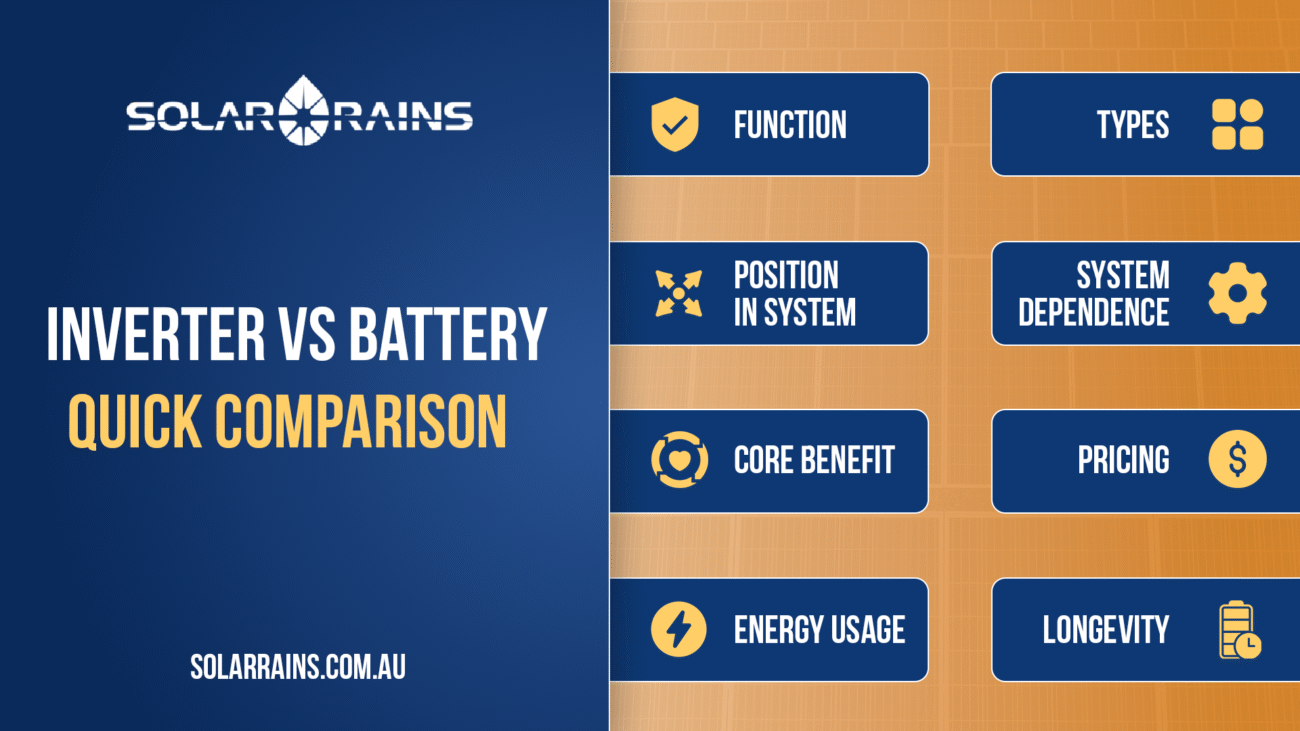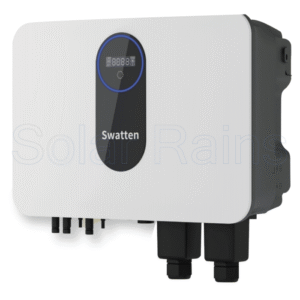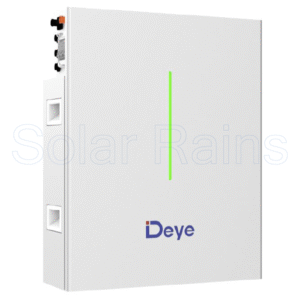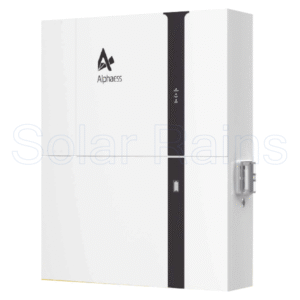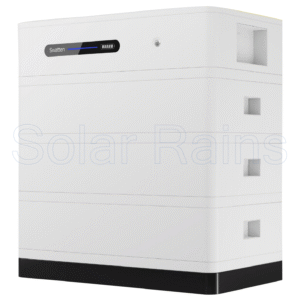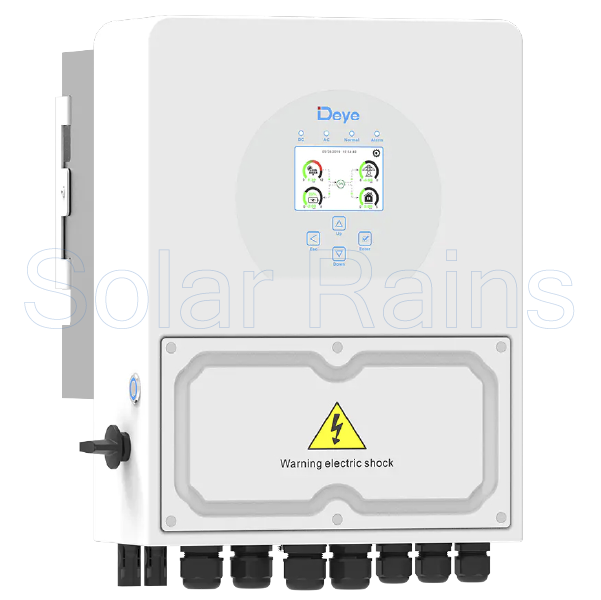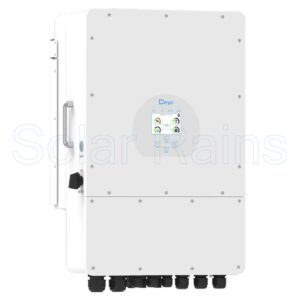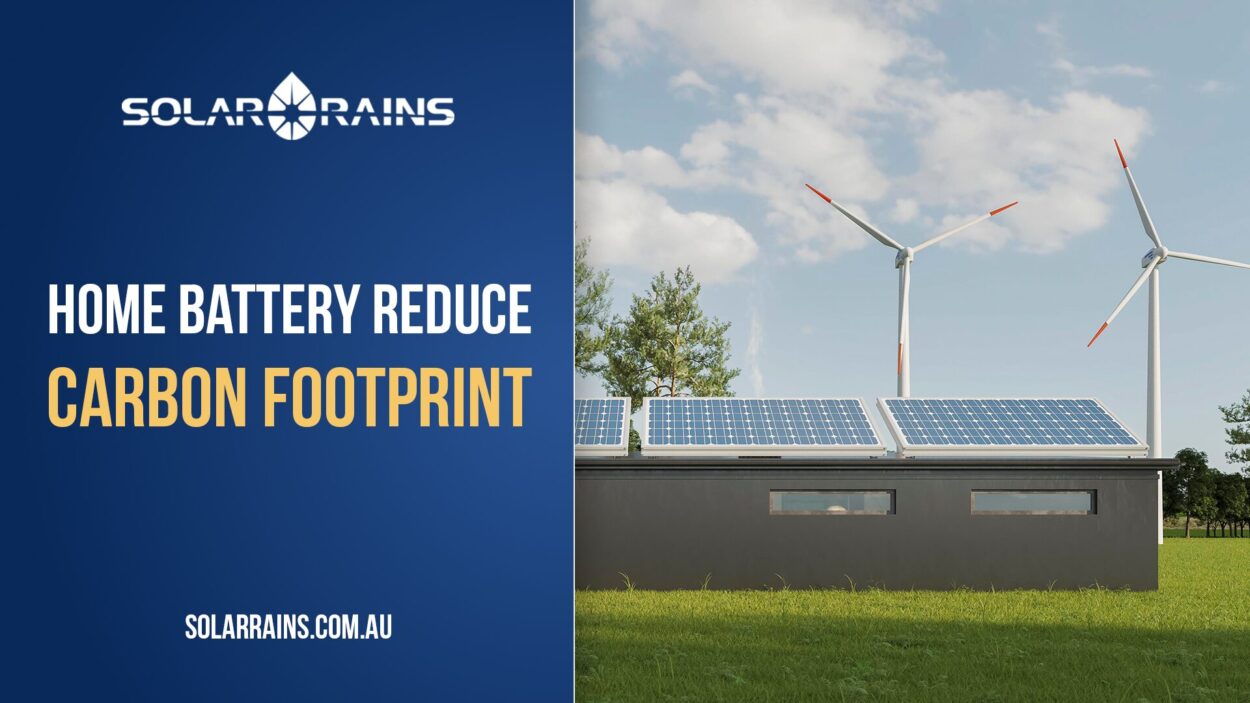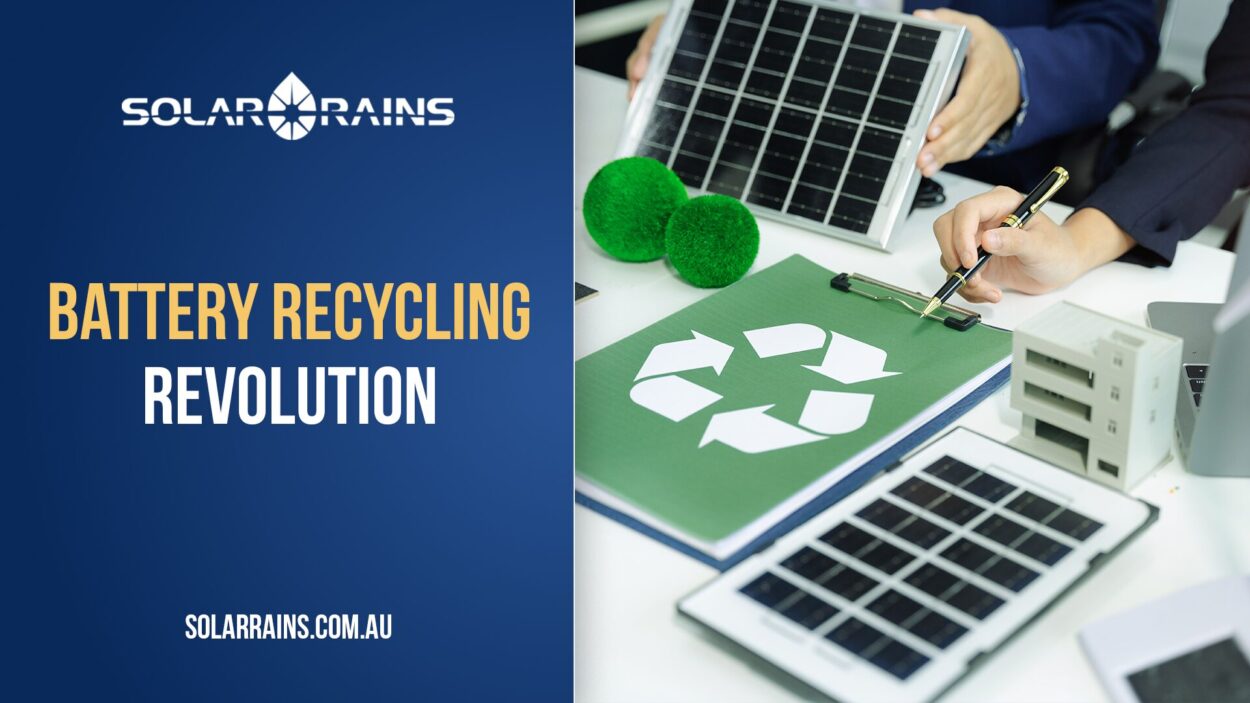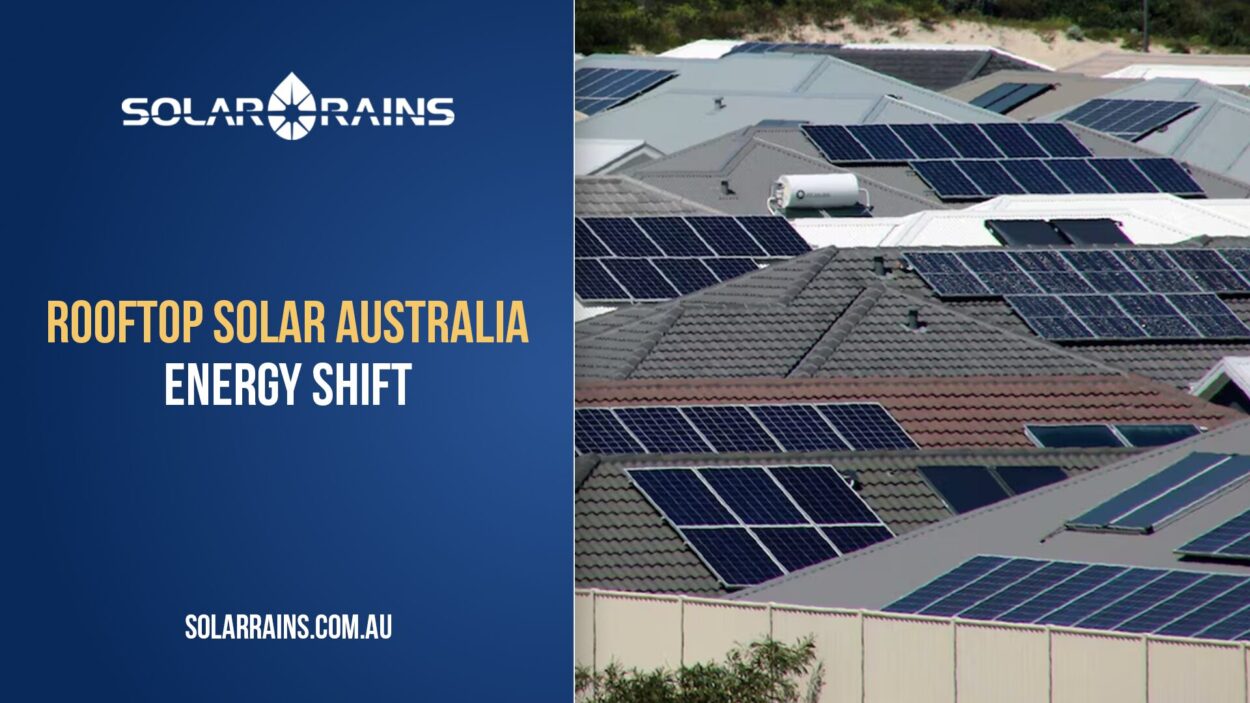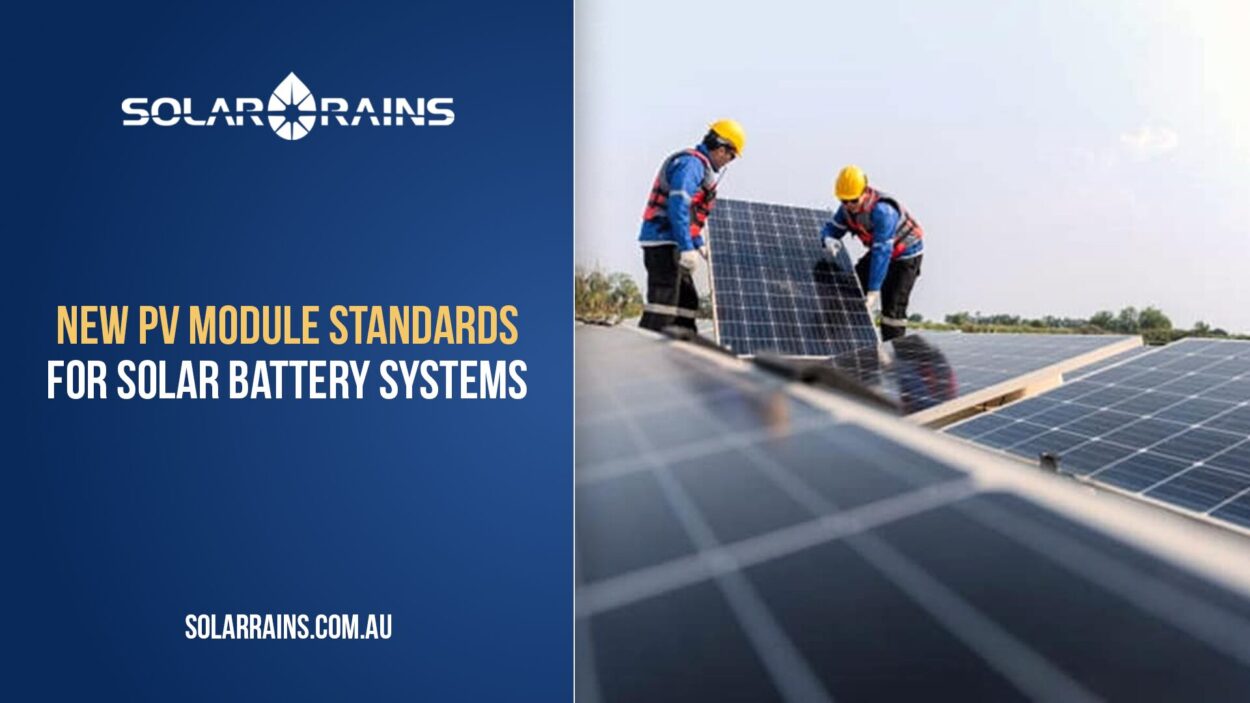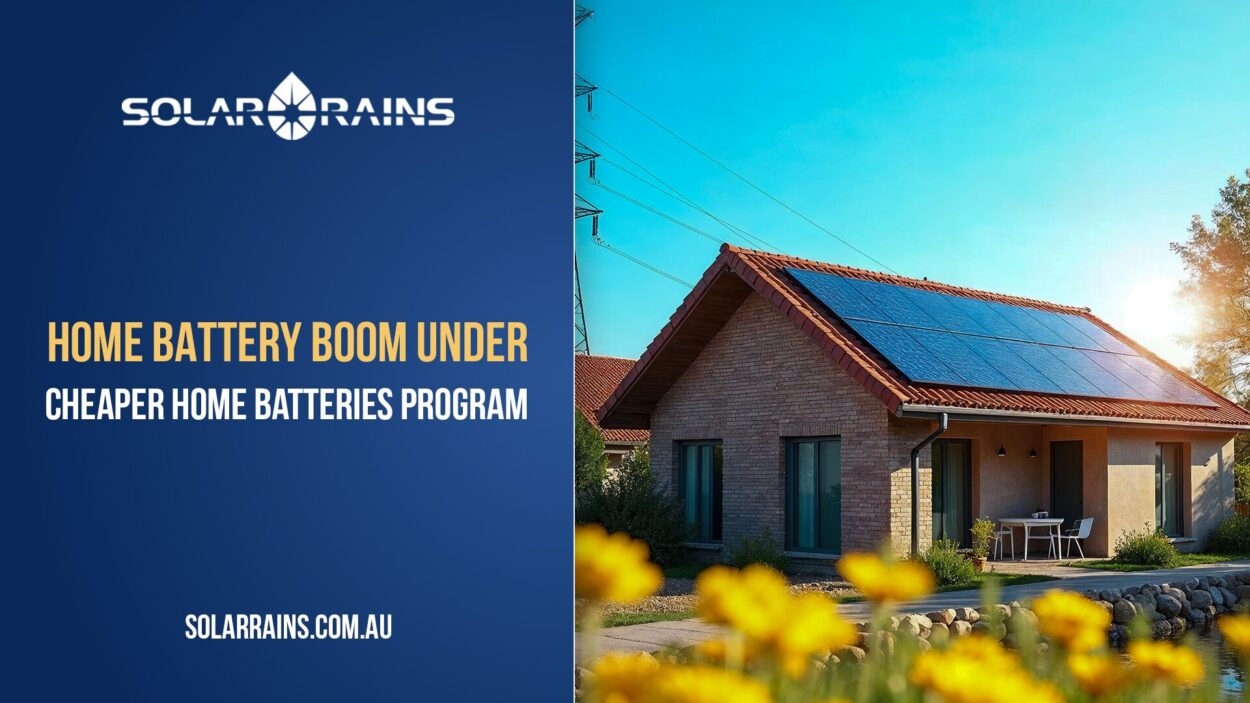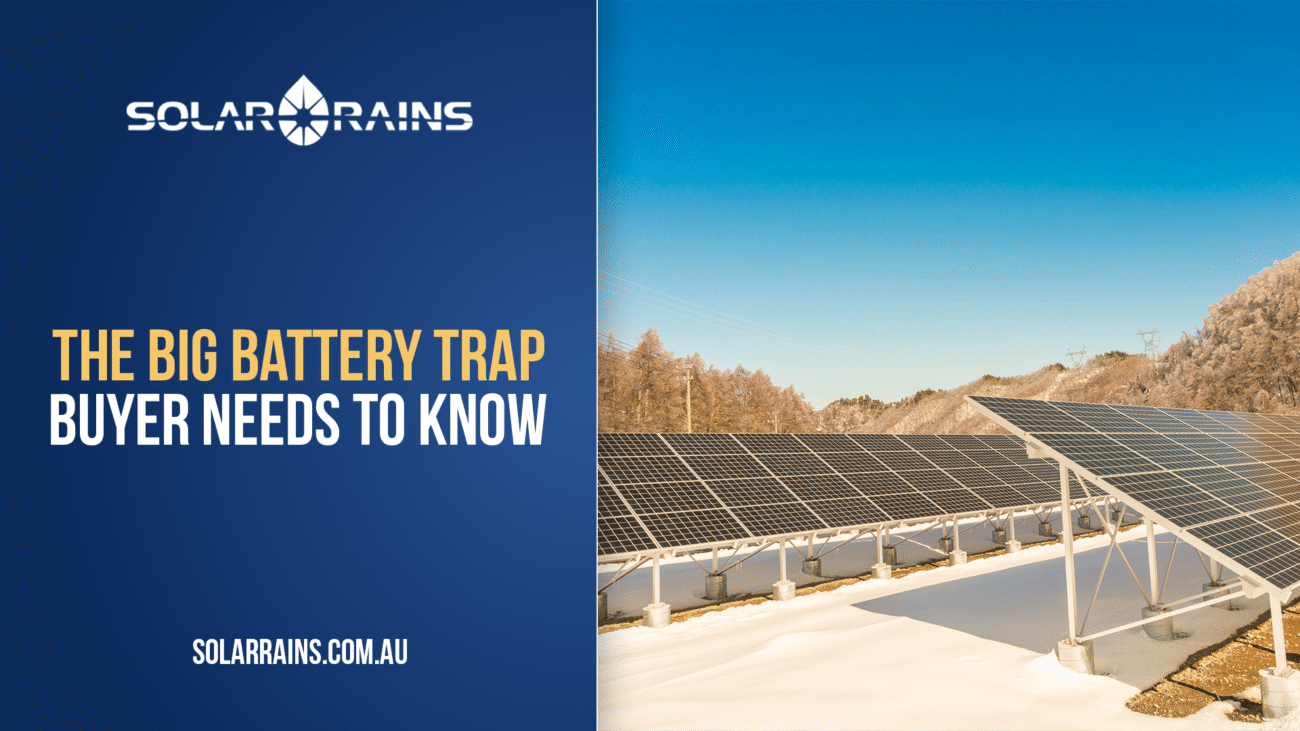With solar power gaining rapid momentum in Australia, more homeowners and small businesses are turning to solar systems to reduce energy bills and contribute to a cleaner environment. But as the market matures, confusion arises especially between two key components: solar battery and solar inverter.
Understanding the difference between these two technologies is critical for making smart decisions. In this guide, Solar Rains breaks down the roles, functionality, and real-world applications of solar battery and solar inverter, so even non-tech users can feel confident planning their solar investment.
What Is a Solar Inverter?
A solar inverter is the heart of any solar power system. Its primary function is to convert the direct current (DC) electricity produced by solar panels into alternating current (AC) electricity, which is what household appliances and the grid use.
Types of Solar Inverters
- String Inverter: One of the most common types for rooftop systems. Multiple panels connect to a single inverter.
- Microinverter: Each panel has its own small inverter—great for rooftops with shading or different orientations.
- Hybrid Inverter: Combines solar and battery management, allowing the use of home batteries for energy storage.
- Off-grid Inverter: Designed for systems that aren’t connected to the utility grid, often paired with batteries and backup generators.
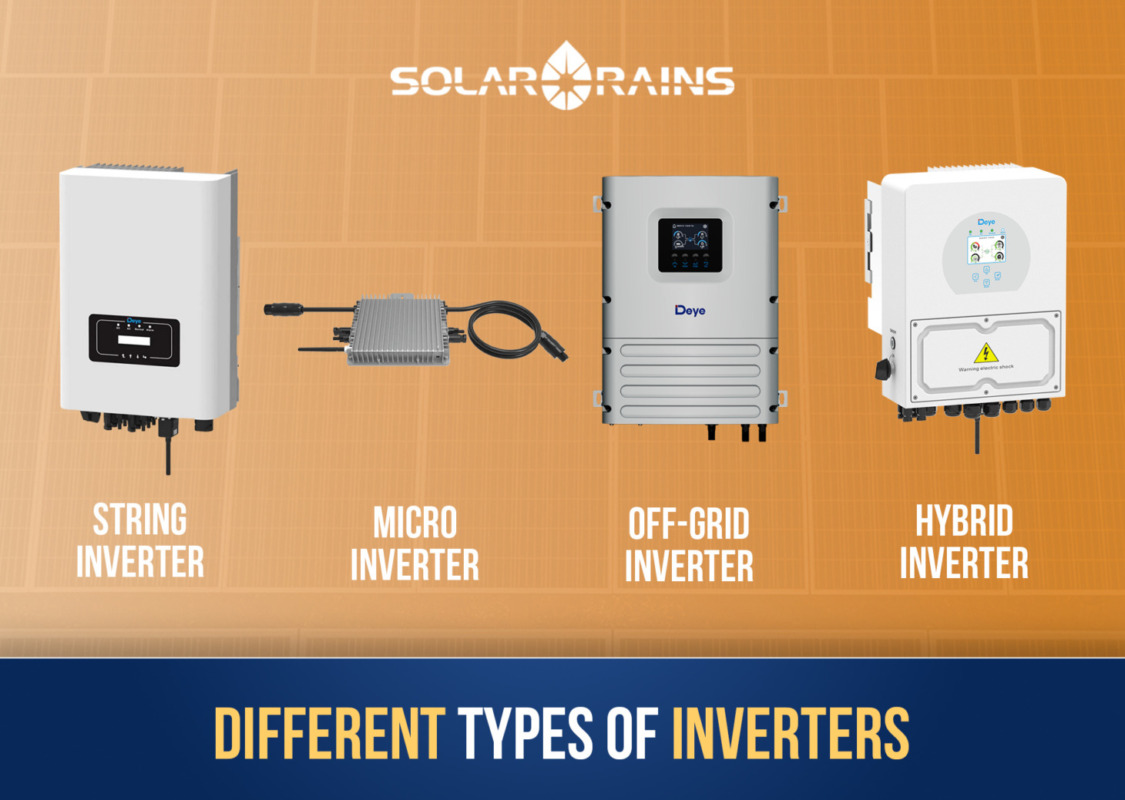
A solar inverter is mandatory for any grid-tied or standalone solar system. It ensures stable output and manages real-time system performance, including voltage regulation and safety disconnection.
What Is a Solar Battery?
A solar battery stores unused solar energy generated during the day and allows you to use it later—especially at night or during peak electricity pricing. Without a battery, surplus solar energy is sent to the grid, earning only a low feed-in tariff.
Types of Solar Batteries
- Lithium Iron Phosphate (LFP): Long lifespan, thermally stable, commonly used in residential batteries.
- Nickel Manganese Cobalt (NMC): Higher energy density but shorter lifespan—often used in limited-space installations.
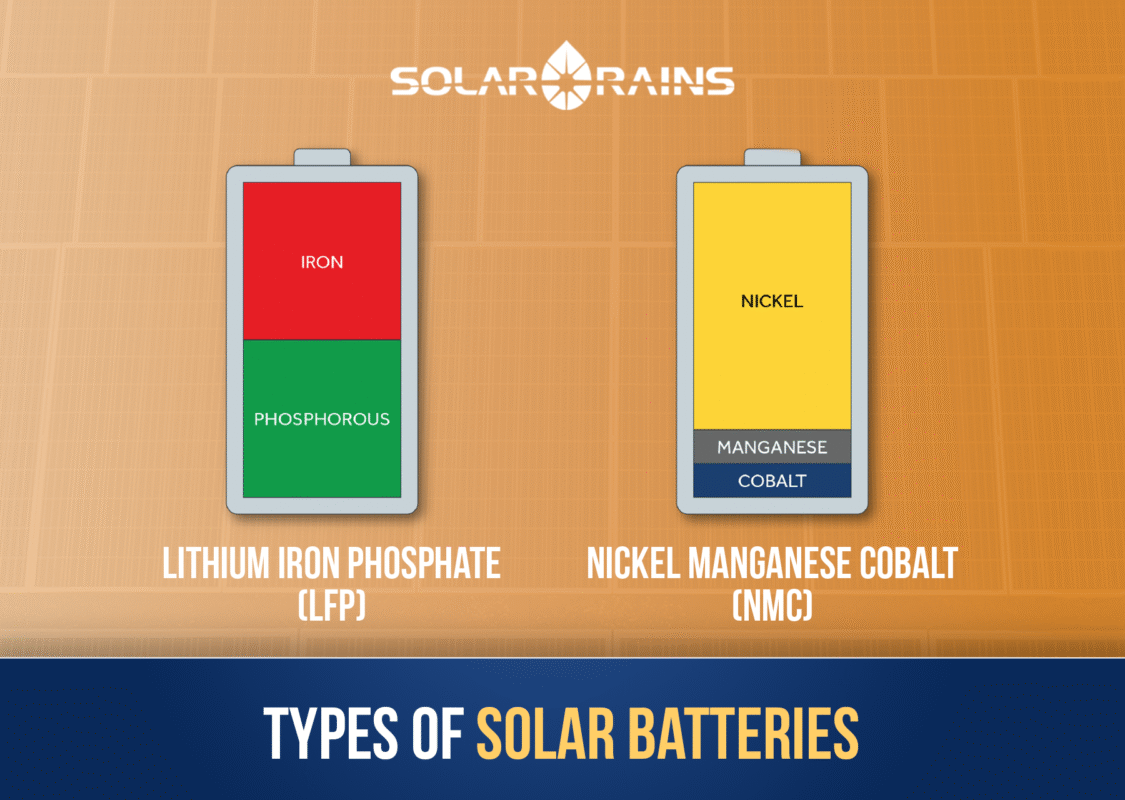
Solar batteries are optional but valuable. They increase energy independence, reduce reliance on grid power, and enable backup during blackouts when paired with a hybrid inverter.
Key Differences: Solar Battery vs. Solar Inverter
Here’s a side-by-side comparison to make it easy to understand:
| Criteria | Solar Inverter | Solar Battery |
| Function | Converts DC to usable AC power | Stores DC energy for later use |
| Position in System | Mandatory for operation | Optional (enhancement) |
| Core Benefit | Enables use of solar-generated electricity | Increases self-consumption, backup power |
| Energy Usage | Real-time only | Use stored power during peak pricing or outages |
| Types | String, micro, hybrid, off-grid | LFP, NMC, scalable or fixed capacity |
| System Dependence | Must-have for all systems | Ideal for self-consumption & energy resilience |
| Pricing | $800–$4,000 (AUD) depending on type | $5,000–$12,000 (AUD) installed, depending on capacity |
| Longevity | 10–15 years | 8–12 years depending on chemistry |
Both components are complementary: the inverter makes the system run, while the battery maximises its impact.
Which One Should You Choose First?
If you’re planning a solar installation, the solar inverter comes first—it’s essential. Even if you’re not ready to invest in a solar battery, having a hybrid inverter future-proofs your system and simplifies future upgrades.
When is it time to add a solar battery?
- You’re experiencing high evening electricity use.
- You want to reduce your electricity bill beyond what feed-in tariffs provide.
- You live in a region with frequent power outages.
- Your energy provider offers Virtual Power Plant (VPP) participation incentives.
Batteries add flexibility and savings—but only if your energy consumption justifies the investment. A solar supplier can assess your situation based on usage data, panel output, and goals.
Trusted Brands Available at Solar Rains
While this post doesn’t review specific products, it’s worth knowing which reputable solar battery and solar inverter brands are available through Solar Rains:
Solar Batteries
- AlphaESS – High-quality LFP systems with hybrid-ready compatibility.
- Swatten – Affordable, stackable residential battery options.
- Deye – Known for both commercial-scale and home battery solutions.
Solar Inverters
- Swatten – Great hybrid inverters for residential use.
- Deye – Offers both single-phase and three-phase inverters with advanced grid management.
- Sungrow – (If applicable) Widely adopted in the Australian market.
These products comply with Australian standards and are supported by local installers.
FAQs
Yes. In fact, most systems in Australia are inverter-only. You can always add a battery later if you choose a hybrid inverter.
No. A solar battery must be managed by an inverter—either integrated (hybrid) or separate (AC-coupled).
Yes—especially in areas with high evening rates or low feed-in tariffs. Savings depend on your energy consumption habits and battery size.
Not standard ones. You need a hybrid inverter plus battery backup for blackout protection.
Solar inverters last 10–15 years on average; batteries around 8–12 years, depending on usage and temperature conditions.
Conclusion: Start with the Inverter—Build Toward Storage
Both solar batteries and solar inverters are critical to building a complete, efficient solar system—but their roles are different.
- Start with a high-quality inverter from a trusted solar supplier.
- Evaluate your energy use.
- Upgrade to a battery when ready, especially if you want resilience or cost savings beyond feed-in tariffs.
Need help choosing the right solar equipment for your home? Contact Solar Rains today for wholesale pricing, reliable solar products, and expert guidance tailored to Australian conditions.

